Growing your own food has become more than just a hobby—it’s a way to eat healthier, save money, and live more sustainably. But what if you could grow vegetables and raise fish at the same time, in a system that essentially runs itself? That’s the promise of aquaponics, a method that combines aquaculture (raising fish) with hydroponics (growing plants in water).
For home gardeners, aquaponics sounds like a dream: fresh fish and fresh vegetables from the same system. But is it really practical? Should you try aquaponics at home? Let’s explore how it works, what the benefits are, and what challenges you should know before diving in.
What Is Aquaponics?
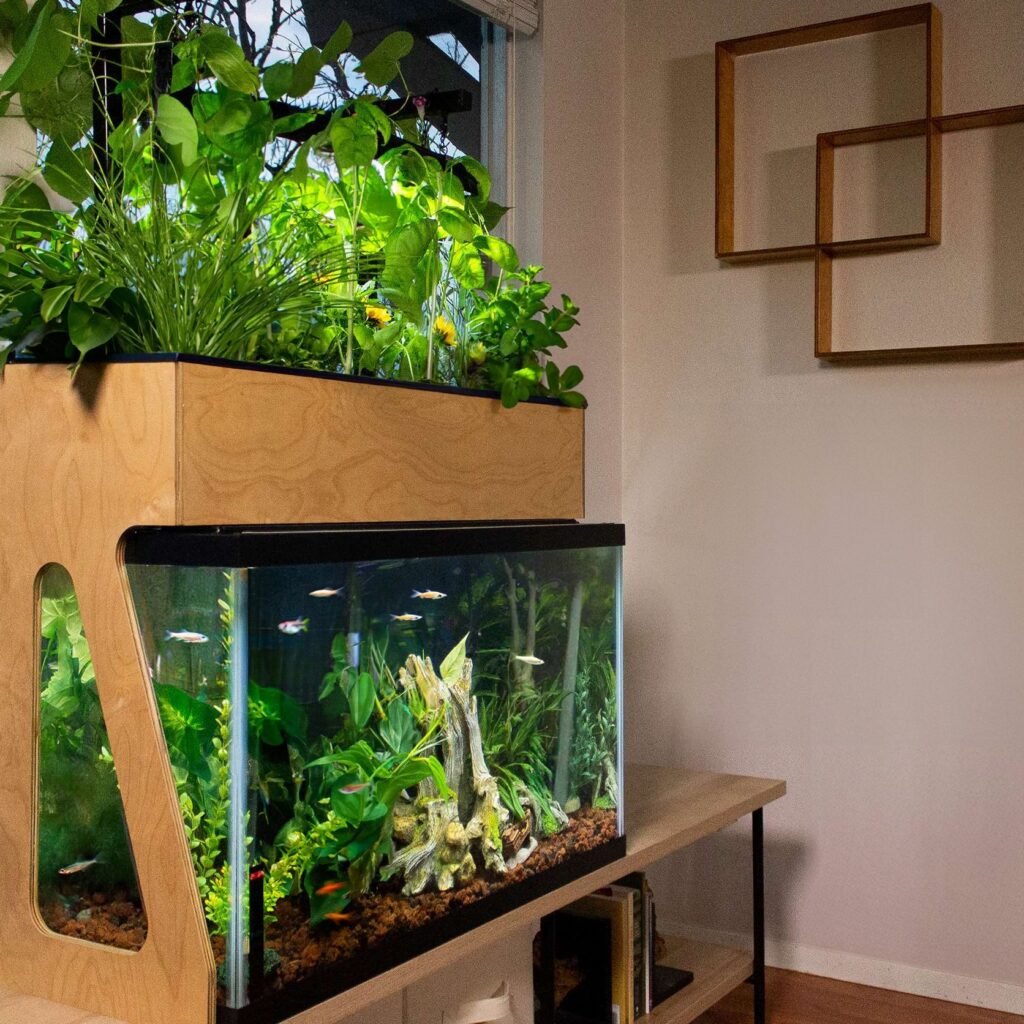
Aquaponics is a closed-loop food production system. Here’s how it works:
- Fish produce waste in the water (mainly ammonia).
- Beneficial bacteria convert ammonia into nitrates.
- Plants absorb the nitrates as nutrients, cleaning the water.
- Clean water returns to the fish tank.
The result is a symbiotic relationship where both fish and plants benefit. It’s like creating a small ecosystem in your backyard, basement, or even indoors.
The Benefits of Aquaponics
1. Grow Food in Less Space
Because aquaponics doesn’t rely on soil, plants can be grown vertically or in compact setups. This makes it ideal for urban gardeners with limited space.
2. Two Harvests from One System
Unlike traditional gardening, aquaponics gives you both plants and fish. Tilapia, trout, catfish, or koi are commonly used, providing either edible fish or ornamental species.
3. Faster Plant Growth
Since plants get a constant supply of nutrient-rich water, they often grow faster than in soil. Leafy greens, herbs, and even tomatoes thrive in aquaponic systems.
4. Water Efficiency
Aquaponics uses up to 90% less water than soil-based gardening because water is continually recycled instead of lost through runoff.
5. Chemical-Free Gardening
There’s no need for synthetic fertilizers—fish waste provides all the nutrients plants need. Plus, pesticides can’t be used (they’d harm the fish), which encourages natural, organic practices.
The Challenges of Aquaponics
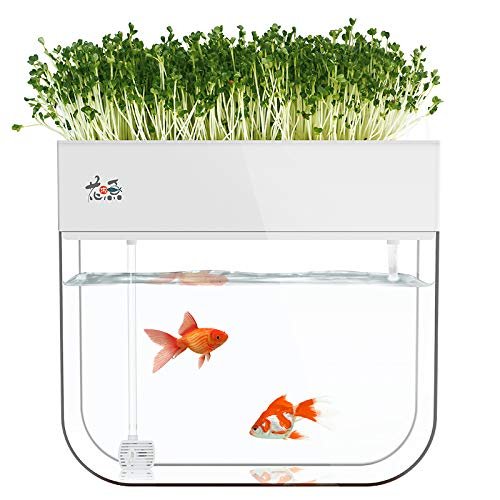
While aquaponics is exciting, it’s not without its hurdles.
- Startup Costs: Building or buying an aquaponics system can be more expensive than traditional gardening. Pumps, tanks, and grow beds add up.
- Learning Curve: You’re managing both plants and fish, plus bacteria. Balancing pH, water temperature, and nutrient levels takes monitoring.
- Electricity Dependence: Pumps and aerators need consistent power. Outages can harm fish and plants quickly.
- Fish Care: Not everyone is comfortable raising live animals. Feeding schedules, tank cleaning, and disease prevention are part of the process.
Expert Note: “Aquaponics is incredibly rewarding, but it’s not as simple as dropping a goldfish in a tank and planting lettuce,” says Dr. Miguel Santos, an aquaculture researcher. “It requires patience and regular attention.”
What Can You Grow in Aquaponics?
Best Plants for Beginners:
- Lettuce
- Kale
- Spinach
- Basil
- Mint
- Green onions
These plants thrive because they don’t need high nutrient levels.
For Intermediate Growers:
- Tomatoes
- Cucumbers
- Peppers
- Beans
These require more nutrients and careful system management.
Fish Options:
- Tilapia: Hardy, fast-growing, and one of the most popular choices.
- Trout: Good for cooler climates.
- Catfish: Tolerant of varied water conditions.
- Koi/Goldfish: Ideal if you prefer ornamental fish over edible ones.
Types of Aquaponic Systems
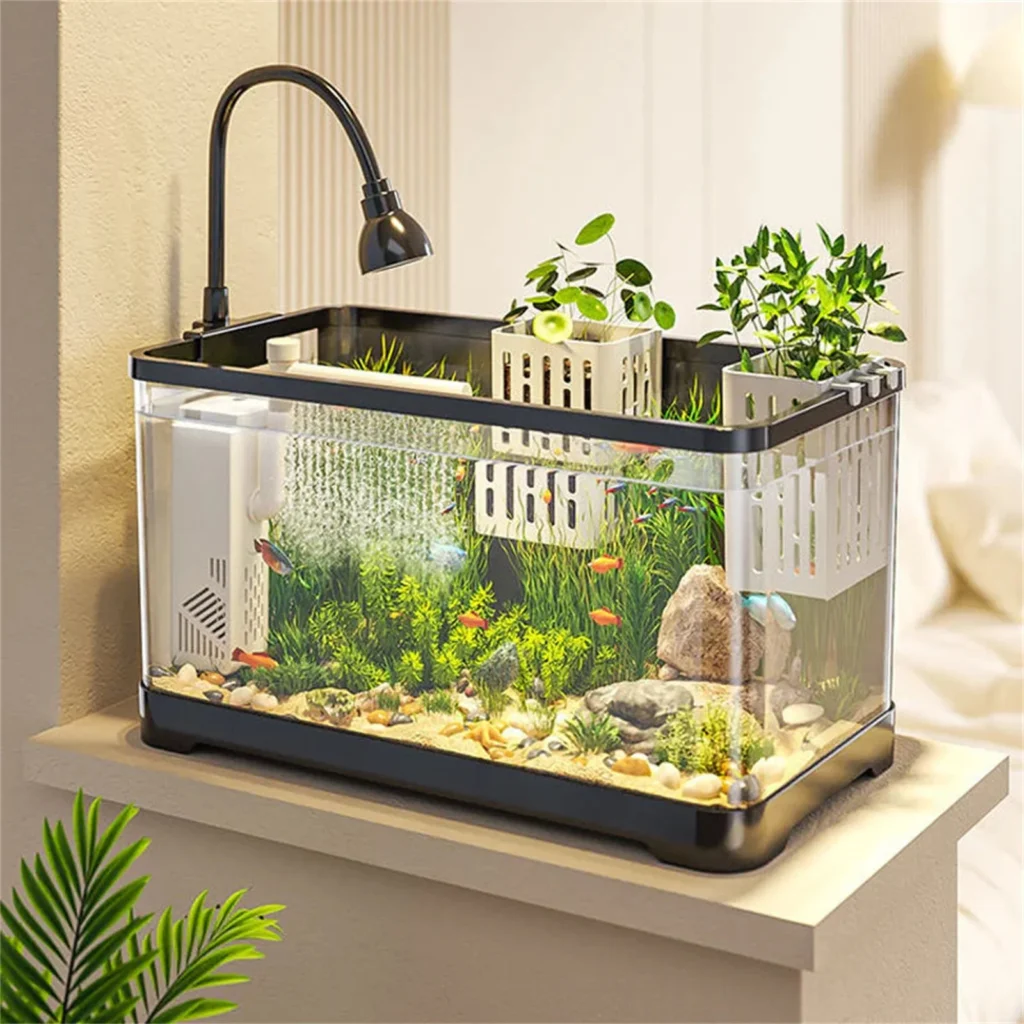
- Media Bed Systems
- Plants grow in gravel or clay pellets, which filter solids.
- Simple and ideal for beginners.
- Nutrient Film Technique (NFT)
- Plants grow in long channels where a thin film of water flows past roots.
- Great for leafy greens but not suited for large plants.
- Deep Water Culture (Raft System)
- Plants float on rafts with roots submerged in nutrient water.
- Efficient for commercial setups but requires more space.
- Vertical Towers
- Plants grow in stacked towers with water pumped from the bottom.
- Perfect for small spaces and urban gardeners.
Setting Up a Home Aquaponics System
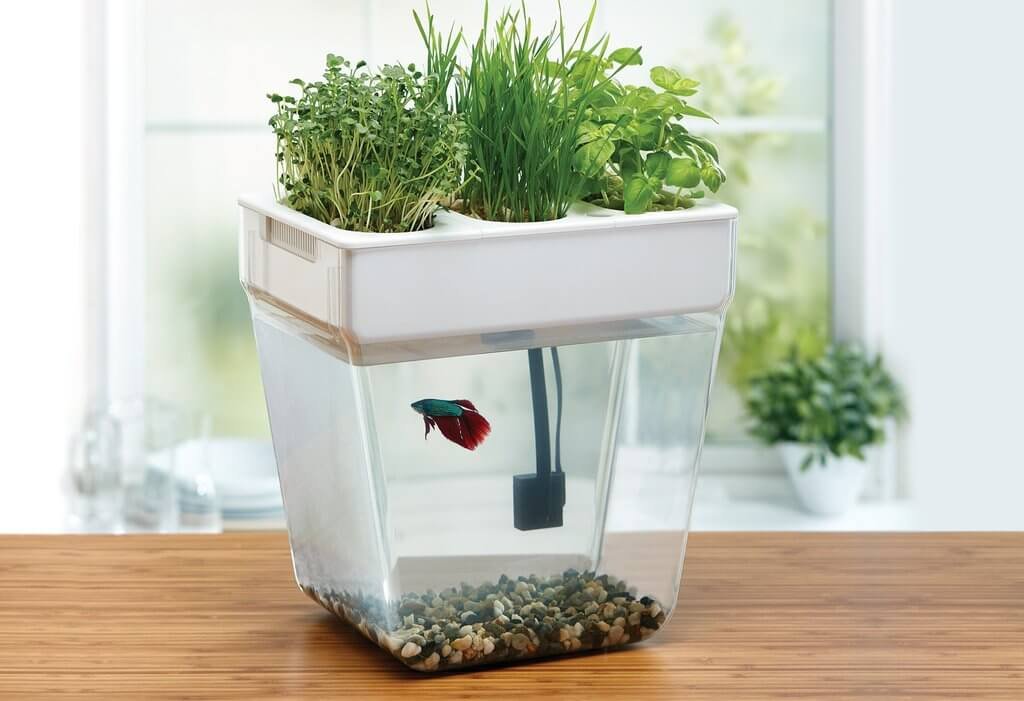
If you’re intrigued, here’s a simple beginner setup:
- Fish Tank: Start with 20–50 gallons for small systems.
- Grow Bed: A shallow container filled with clay pebbles or gravel.
- Water Pump: Moves water between fish tank and grow bed.
- Aerator: Ensures fish get enough oxygen.
- Plants & Fish: Choose beginner-friendly species.
Cycle the System First: Before adding fish, run the system with ammonia (or compost tea) to build up beneficial bacteria. This prevents toxic water conditions.
Maintenance Tips for Success
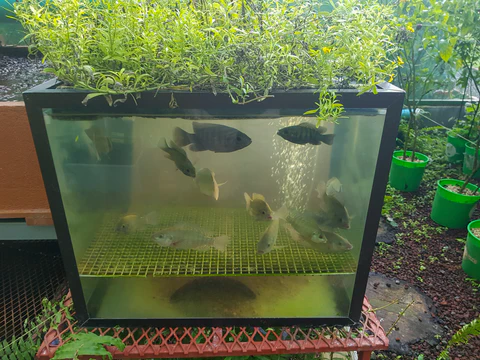
- Test Water Weekly: Check pH, ammonia, nitrite, and nitrate levels.
- Feed Fish Properly: Don’t overfeed—uneaten food pollutes water.
- Maintain Temperature: Most systems do best between 65–75°F (18–24°C).
- Clean Filters: Prevent clogging and keep water flow steady.
- Harvest Smart: Stagger planting so you have a continuous supply of vegetables.
Is Aquaponics Right for You?
Aquaponics is ideal if you:
- Love experimenting with new gardening techniques.
- Want a sustainable food source that saves water.
- Have some patience for the learning curve.
- Don’t mind taking care of fish as well as plants.
It may not be right if you’re looking for a low-cost, low-maintenance system right away. Traditional raised beds or container gardening are simpler for beginners.
Final Thoughts
So, should you try aquaponics at home? If you’re intrigued by sustainable food systems, enjoy experimenting, and want both fish and vegetables from the same setup, the answer is yes. While it requires an investment of time, money, and learning, the rewards can be enormous: fresh produce, home-raised fish, and the satisfaction of running a miniature ecosystem in your own home.
For many gardeners, aquaponics becomes more than a food source—it’s a fascinating hobby and a step toward self-sufficiency. Whether you build a simple balcony setup with goldfish and herbs or scale up to a backyard greenhouse with tilapia and tomatoes, aquaponics is a glimpse into the future of home gardening.
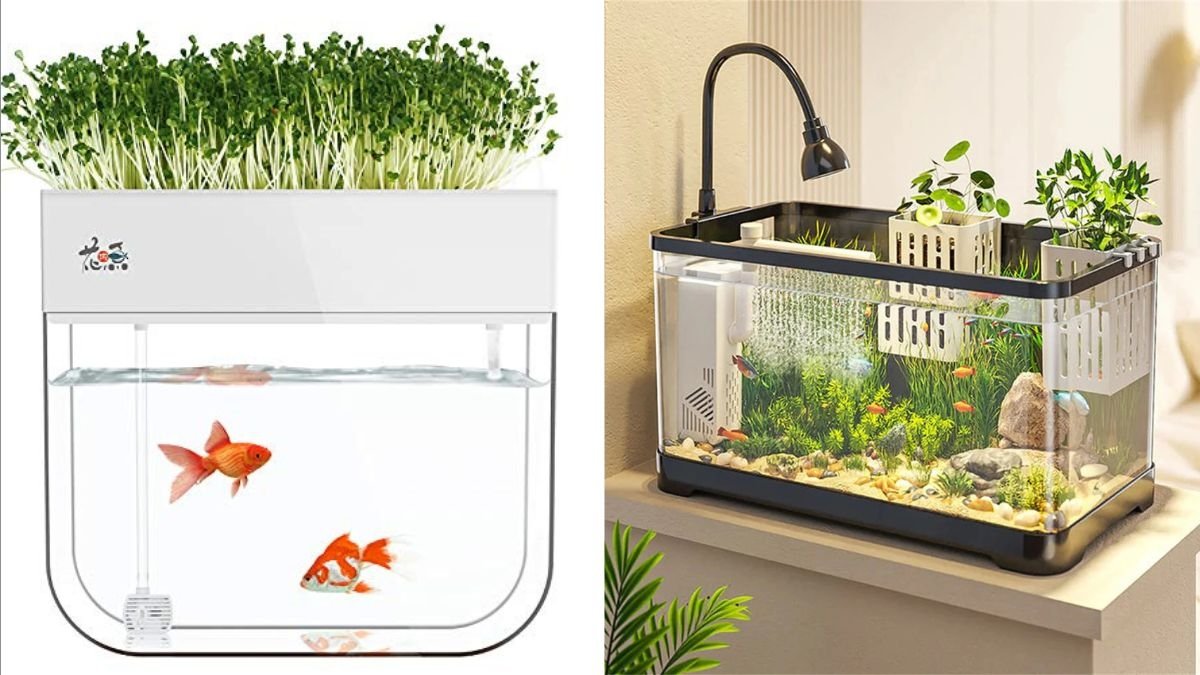
Leave A Comment